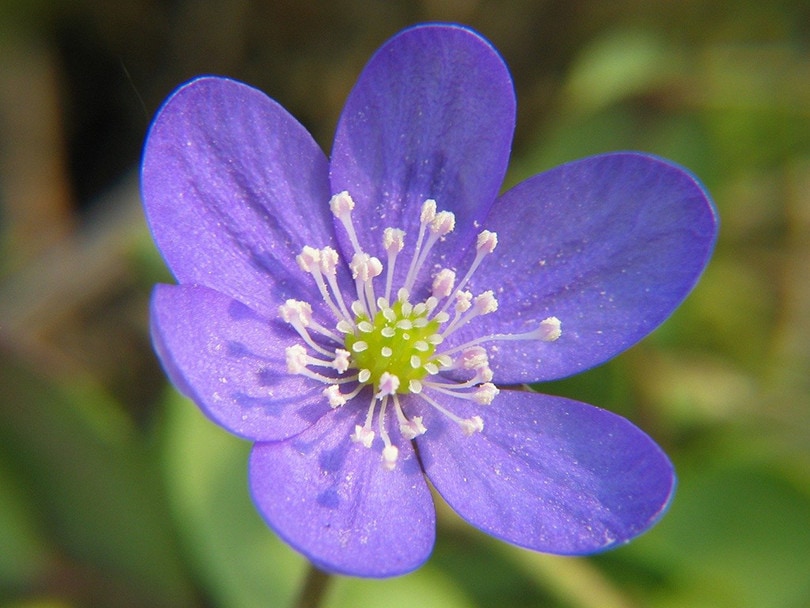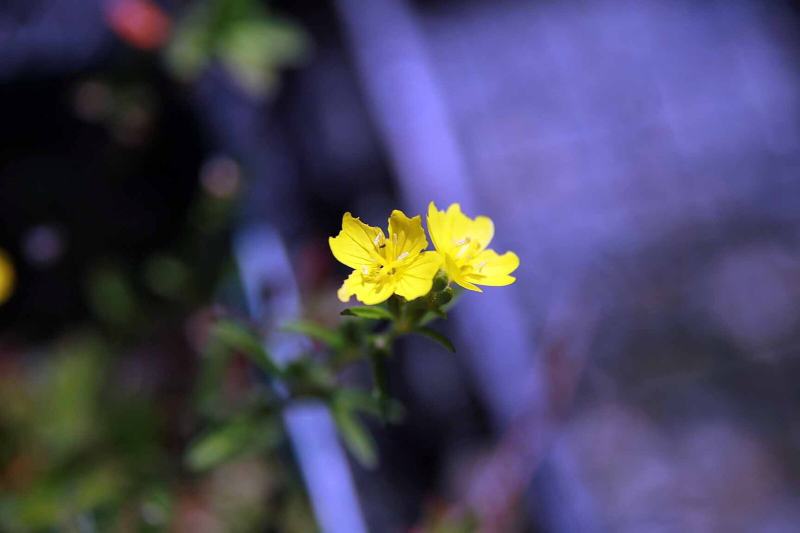10 Wildflowers That Grow in Pennsylvania (Identification Guide With Pictures)
-
Ed Malaker
- Last updated:

Wildflowers are fun to look at and attract many songbirds, so they can be fun to find. If you haven’t looked for wildflowers before and live in Pennsylvania, you will be happy to know several varieties are around. Keep reading for a list of the most common varieties, including what they look like.
The 10 Wildflowers That Grow in Pennsylvania
1. Harbinger of Spring

| Scientific Name: | Erigenia bulbosa |
The Harbinger of Spring is a small plant that is one of the first that you will see in early spring, which is where it gets its name. The flowers appear before the foliage, and the plant usually grows 3–8 inches tall. It’s a carrot family member, and you might hear people call it pepper and salt because the tiny white flowers have dark anthers.
2. Dandelion

| Scientific Name: | Taraxacum officinale |
The Dandelion is one of the most common and easy-to-find wildflowers in Pennsylvania and most of the United States. Many people consider it a weed because it frequently invades lawns and messes up the grass. However, it has many medicinal uses, and you can make tasty wine, soup, or tea out of it. Many children also blow the seeds off the stem and make a wish.
3. Blue Violets

| Scientific Name: | Viola sororia |
The Common Blue Violet is a small attractive flower that grows close to the ground. It has purple flowers with white throats and three hairy lower petals. It grows well in many environments, including wet clay, and you will often find them at the base of trees. Many people also like to use them in rock gardens and for edging. They start blooming in early spring and typically last until August.
4. Spring Beauty

| Scientific Name: | Claytonia virginica |
The Spring Beauty is an aptly named flower that you can find all across Pennsylvania, especially in the plentiful woods, but it also grows well in yards and parks. These flowers are usually 6–10 inches tall, with a slender stem that droops under the weight of the flower. The flowers appear in early spring and close at night and on overcast days to protect the pollen.
5. Yellow Trout Lily

| Scientific Name: | Erythronium americanum |
The Yellow Trout Lily likes to grow at the base of trees and blooms in early spring before new leaves cast shade on the area and then go dormant again. It has several names based on its appearance at different stages of growth. Trout Lily refers to it resembling a trout moving through the water, and Dogtooth Lily refers to its resemblance to a tooth.
6. White Trillium

| Scientific Name: | Trillium grandiflorum |
White Trillium is a common wildflower in Pennsylvania and most of the northeastern United States. You can identify it easily by its three large white petals that appear above three large green leaves. It usually grows 8–20 inches tall and prefers rich soil in a shady area with dry air.
7. Black Nightshade

| Scientific Name: | Solanum nigrum |
Black Nightshade is an annual plant that can grow up to 4 feet tall and is a member of the nightshade family that also contains tomatoes, peppers, and eggplant. It prefers full sun with moist soil. It competes with garden vegetables for nutrients and can reduce the harvest. It’s also toxic and potentially dangerous to livestock and other animals.
8. Chinese Lantern

| Scientific Name: | Physalis alkekengi |
The Chinese Lantern is an attractive plant that is easy to spot due to its bright red flowers that you can see from a distance. They get their name from the paper lanterns that they look similar to, and they grow to about 2 feet tall and usually start to appear in early spring. The dried fruit has medicinal uses and can work as a sedative.
9. Orange Coneflower

| Scientific Name: | Rudbeckia fulgida |
The Orange Coneflower is a popular wildflower with a daisy-like flower head, yellow petals, and a dark brown center. It’s native to the eastern United States, and you can find them throughout Pennsylvania during the warmer months. You will usually find them in fields and along the highway, and it’s a frequent additive to wildflower seed mixes.
10. Small Sundrops

| Scientific Name: | Oenothera perennis |
As the name suggests, Small Sundrops are tiny yellow flowers that are fairly easy to spot from a distance. Though the flowers rarely grow more than ¾ inch across, each plant can have several flowers and will grow about 2 feet tall.
 Conclusion
Conclusion
There are many different species of wildflowers in Pennsylvania, and this list only has the most popular varieties. The easiest to find are likely Dandelions, as they grow just about everywhere in early spring, including most yards, despite most people trying to keep them out. Other easy-to-find plants include Blue Violets, Orange Coneflowers, and Small Sundrops.
Featured Image Credit: Alyona Milch, Unsplash
Contents

 Conclusion
Conclusion